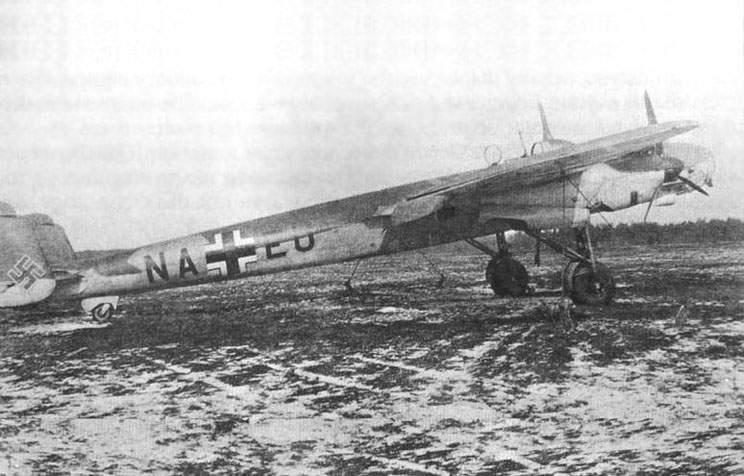At least twice, aircraft in good working order fell into the hands of Soviet specialists. On 20 March 1941, a Do 17E-1 landed at Bel'sk Airfield in western Byelorussia and, the next day, a Do 17E-3 landed in the town of Tsekhanovets. In both cases, the crews allegedly had lost orientation in adverse weather conditions. The aircraft belonged to the Warsaw and Torn Aviation schools, respectively, and were examined in detail by Air Forces Scientific Research Institute engineers who had urgently proceeded there.
These airplanes compared unfavorably with the Do 215 the USSR previously had purchased. Russian specialists noted the small cockpit with poor visibility, insufficient fire angles, and low-powered BMW VI engines. An inspection report signed by Military Engineers 1st Rank Kulikov and Avakimyan and Military Engineer 2d Rank Gul'nick reflected the following: "The Do 17s built in 1936-1937 are obsolete, the Germans are withdrawing them from service with combat aviation and transferring them to flying schools for use as trainers...These aircraft are of no interest to us".
The captured airplanes were returned to Germany and it is known that the Germans used at least one of them, the aforementioned Do 17E-3 No. 3003, for glider towing during the war with the Soviet Union until 1943.



